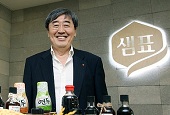Moving forward some two centuries, when the Manchurians invaded Joseon in the winter of 1636, King Injo (r. 1623-1649) and his soldiers sought refuge in the Namhansanseong Fortress. Surrounded by enemy forces, they had only 14,000 bags of rice and 200 jars of soy sauce. The 12,000 soldiers, however, managed to survive 47 days under siege, living off porridge made from the rice, soy sauce and water.
Ever since those times, soy sauce has been considered as one of the staple foods that fills the stomach of the whole nation.
Soy sauce is made from fermented soy beans. It is one of the essential condiments in Korean cuisine. There is one company in particular that has been leading the Korean soy sauce market for many years. It has become a symbolic brand in the soy sauce world: the Sempio Foods Company.
Registered as a trademark with the Korean Intellectual Property Office in May 1954, Sempio has been the top soy sauce maker across the country for many years, with more than 50 percent of the market. Aiming to embody the elements of traditional Korean cuisine and to introduce Korean tastes to the world, Sempio began operations with a plant in Chungmuro, Jung-gu (district), in central Seoul, in 1946, within a year of the country’s liberation from colonization.
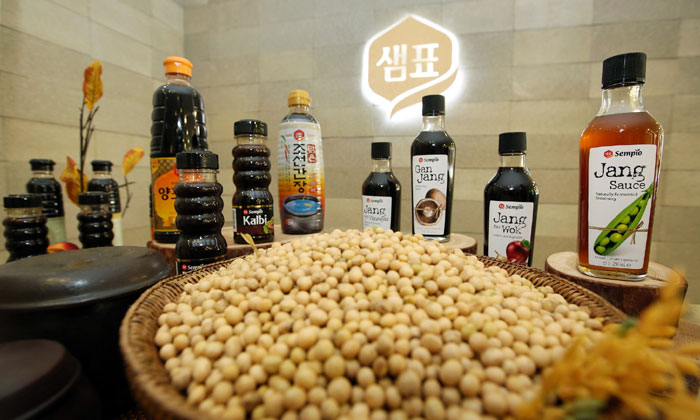
Products made from fermented soy beans by the Sempio Foods Company. Its fermentation technology and its more-than-60 years of experience, has made Sempio products the No. 1 soy sauce brand in Korea.
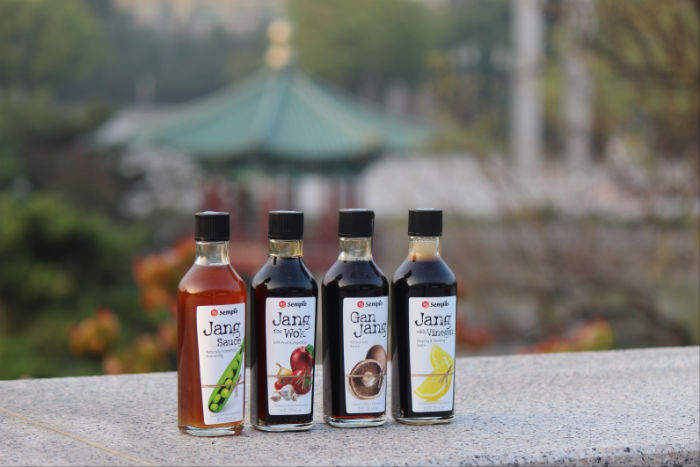
Many Sempio products are exported to Europe. (From left) Jang Sauce, Jang for Wok, Ganjang, and Jang with Vinegar.
Sempio began by making products under the founder's motto, a man who firmly believed that, “I will not sell anything that cannot be eaten by my family.“ In the 1950s, the company soon became the best seller in the domestic soy sauce market. In the past, people used to make soy sauce at home. Through modernized mass production, however, Sempio changed that trend as people began to buy their soy sauce rather than to make it at home.
In 1987, the firm built the largest soy sauce factory in Korea in Icheon, Gyeonggi-do (Gyeonggi Province). It could produce as much as 80,000 kiloliters of soy sauce, one of the largest such factories in the world. Sempio marked its 68th anniversary this year and has become a long-running successful brand. Its focus is now not only Korea, but the world, aiming to appease the appetite of the entire globe. Since 1999, the firm has exported many of its soy bean-based sauces to more than 72 countries around the world.
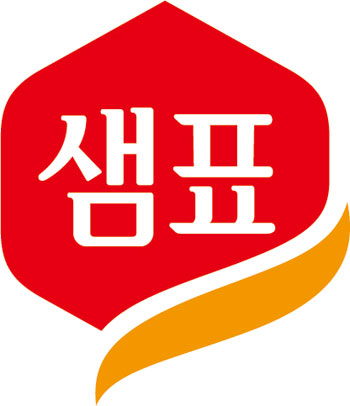
The Sempio Foods Company's logo is the oldest trademark in Korea. The red hexagon represents the diversity and richness of Korean cuisine. The orange swoosh symbolizes the caring hand that makes food with love.
From soy sauce to Yondu
Sempio has recently been receiving a great response in overseas markets with its new seasoning line, Yondu. Yondu is a seasoning product made from fermented soybeans. It can be added to all dishes to add more flavor.
The development of Yondu is attributed to the growing trend among people to reduce the use of soy sauce and other fermented food products, to lower their salt intake and to avoid using MSG. Alternative existing natural condiments made from anchovies or beef also have problems, as they change the original taste of the ingredients.
First brought to market in May 2010, Yondu has become a turning point that shows the evolution of the global soy sauce market. It has a higher amino acid content, which makes it a bit tastier. Yondu was born as a new type of seasoning, one made with no MSG and no synthetic preservatives to prevent food decay.
A Sempio representative said, “During the process of restoring traditional Korean soy sauce, or Jonseon ganjang, we discovered the characteristics that boost the flavor of the food but which do not change its original taste. We never knew about these before. With this new finding, we have now developed a new product and have introduced it to chefs at high-quality restaurants across the world, and we've received some great responses.” Traditional Korean soy sauce, or Joseon ganjang, is a type of soy sauce traditionally made during Joseon times and used commonly in soups. Thanks to such characteristics, Yondu is regarded a “magic sauce” in the U.S.
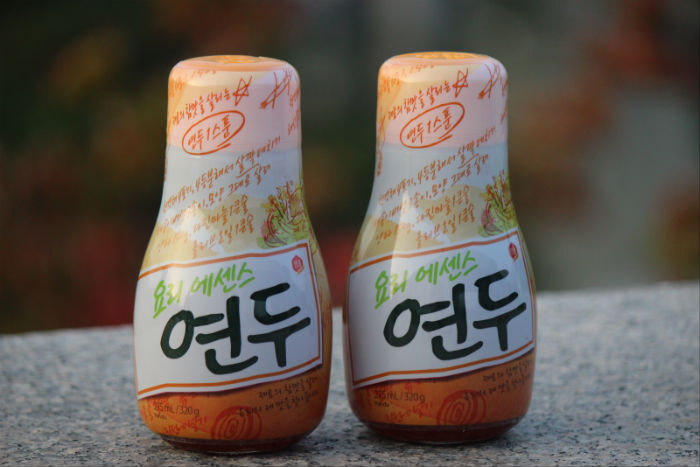
Yondu is a new seasoning made from soy beans using a modernized fermentation technology based on traditional Korean soy sauce. It is considered a “magic sauce” and boosts the original flavor of the dish.
To promote Korean cuisine to the world, since 2011 Sempio has been carrying out its “Jang Project” in collaboration with the Alícia Foundation, a cooking research center in Spain. The company hopes to apply Korean varieties of sauce and paste, such as soy sauce, pepper paste, and soybean paste, to European food. It created its so-called “Jang Concept Map” to help European chefs better understand Korean sauces and pastes when they encounter them in the kitchen for the first time. The firm has also introduced 150 recipes for Spanish, French and Italian dishes that can use Yondu, promoting elements of Korean cuisine across Europe.
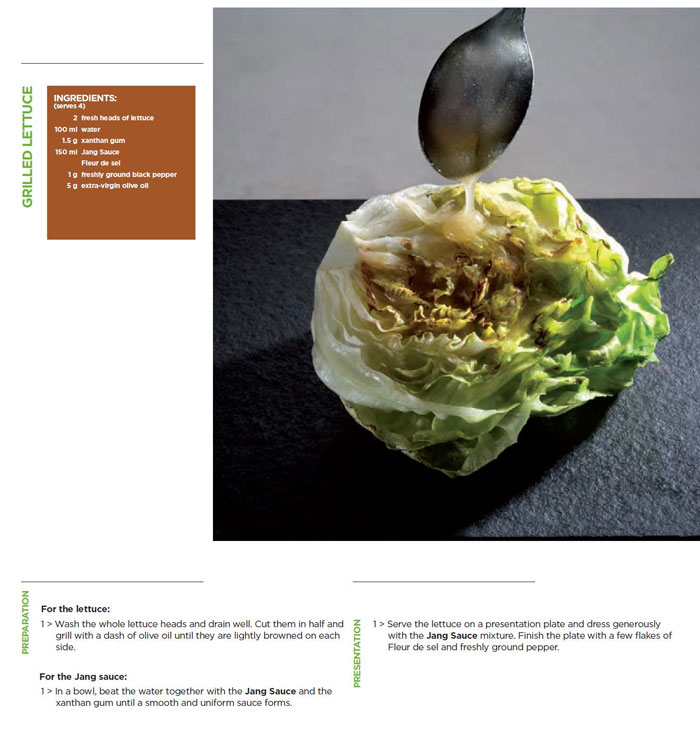
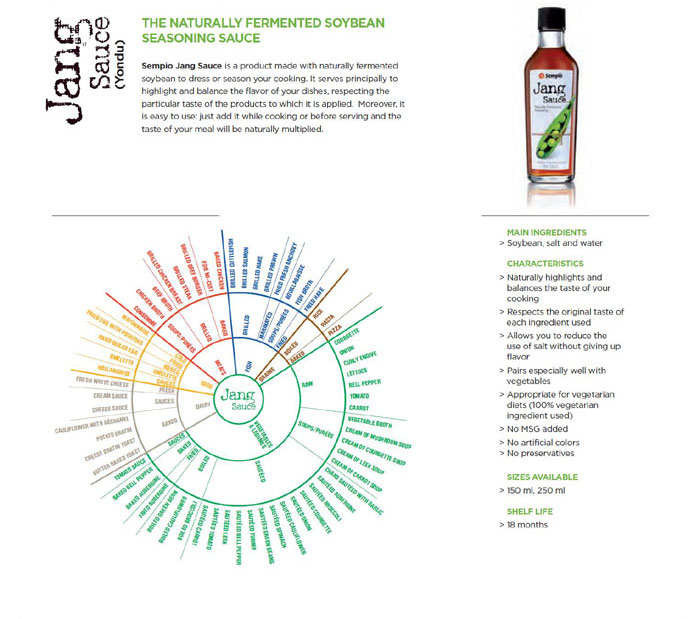
The 'Jang Concept Map' is jointly created by Sempio and the Alícia Foundation. It introduces recipes and recommends foods that go well with seven kinds of Korean seasonings, including soy sauce, pepper paste, soybean paste and Yondu.
Sempio takes an interest in the development of world cuisine. In May 2013, the company integrated its research facilities, which were previously divided between Seoul, Icheon and Yeongdong in Chungcheongbuk-do (North Chungcheong Province). It opened the Sempio Fermentation Research Center in Osong, North Chungcheong Province. The new research center concentrates on developing new sauce and paste varieties by collecting 150 kinds of fungus from all over the country. Sempio Foods Company CEO Park Jinsun emphasized the importance of progress by saying, “It is important to preserve the old, but it is equally important to continue to change, to follow the progress of modern cuisine.”
By Wi Tack-whan, Yoon Sojung
Korea.net Staff Writers
whan23@korea.kr
For more information, please visit the Sempio Foods Company homepage http://www.sempio.com
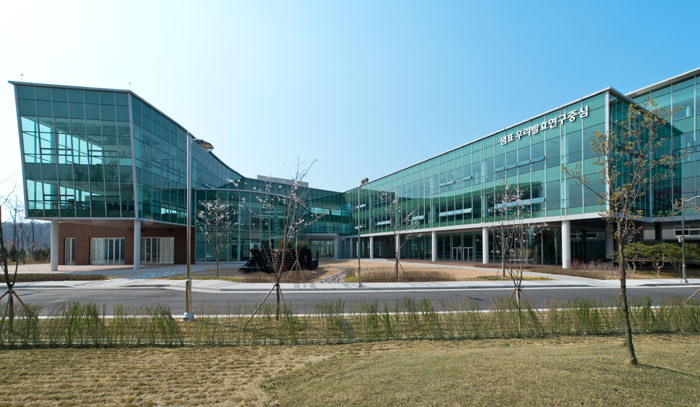
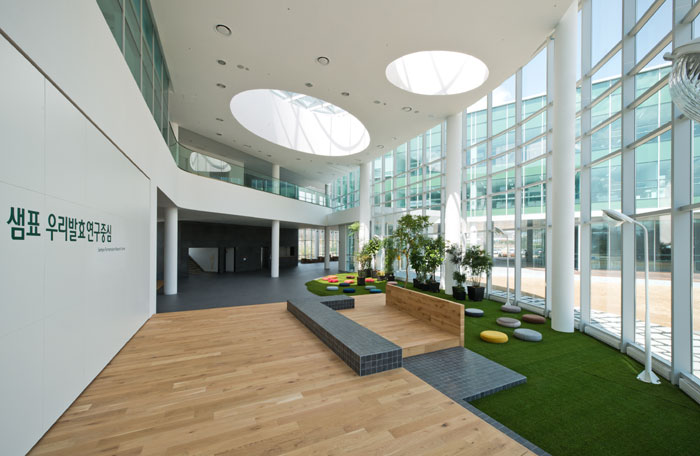
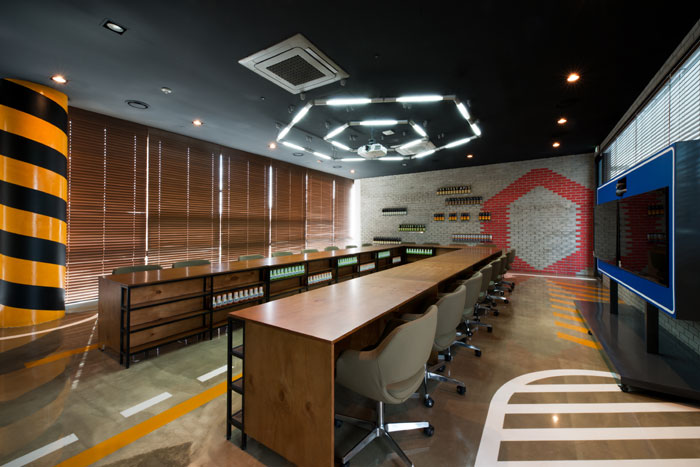
The Sempio Fermentation Research Center is located in Osong, North Chungcheong Province.
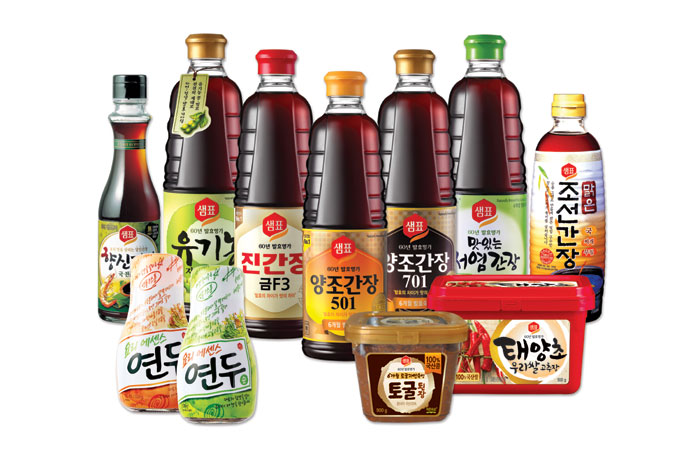
Sempio’s line of soy bean-based sauces and pastes include soy sauce, pepper paste, soybean paste and its new seasoning, Yondu.
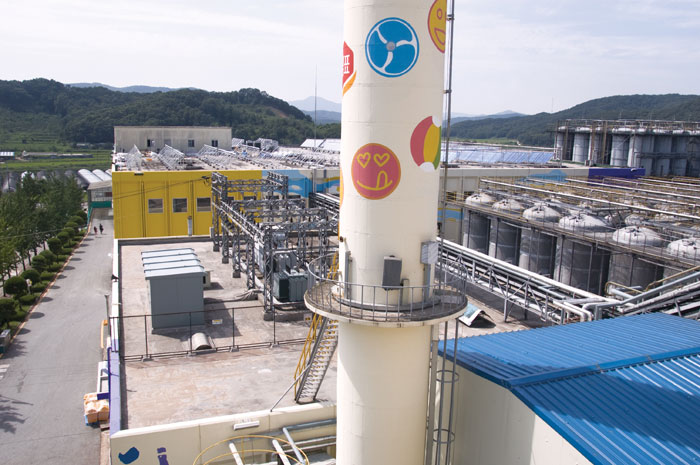
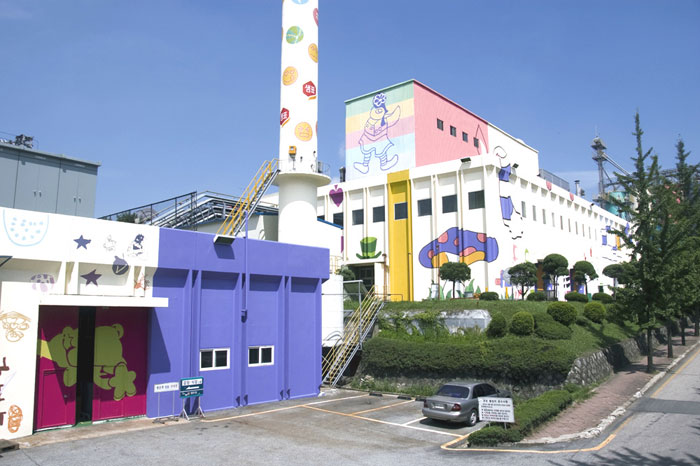
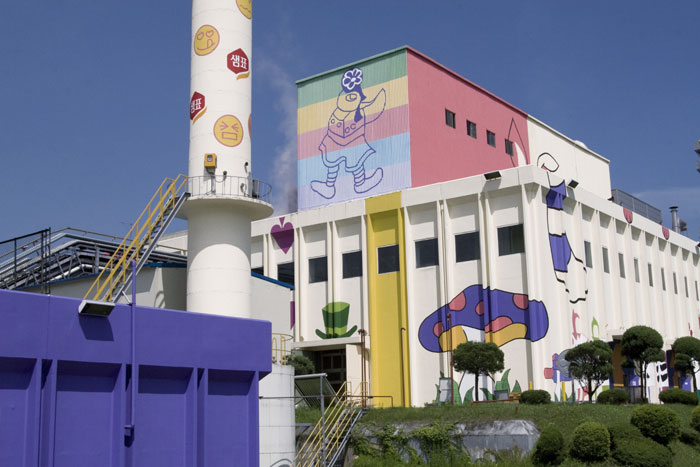
Sempio’s Icheon Plant is also called an “art plant,” as the factory has been transformed into a public art space with decorations and artistic paintings.
